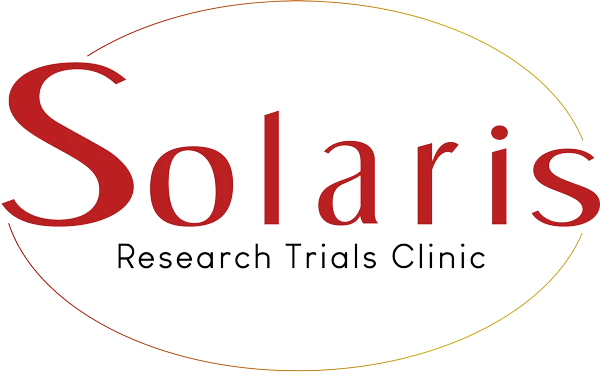
AI in rare disease diagnosis: Advancing Precision and Timely Access with Digital Pathology
When talking with a friend about rare cancers and how the system is not serving those patients, I thought, not only do we have rare cancers, we have many rare diseases. So, I started my research: “Over 300 million people worldwide live with a rare disease. Yet most spend years navigating a system that wasn’t designed to recognize them.” ( EURORDIS).
A Diagnostic Delay with Lifelong Impact
Rare disease patients frequently face long diagnostic journeys. It can take 5–7 years !!!! to receive an accurate diagnosis, often involving multiple referrals and misdiagnoses ( EURORDIS). Can you imagine the number of incorrect treatments and deaths resulting of this????
With 72% of rare diseases being genetic and many manifesting in early childhood (https://rarediseases.info.nih.gov), improving diagnostic precision is not just a scientific goal, it’s a matter of timely care.
It is my goal to collaborate with you to transforming sick care into health care!
Understanding the diagnostic delay in rare diseases
Pathology plays a key role in identifying many conditions. In most parts of the world, traditional slide review is still done with a microscope, and based on expertise and access. We are in an era of digitization where most of us recognize that AI-enhanced digital pathology enables:
- Standardized pattern recognition
- Detection of subtle, disease-linked features
- Integration with genomic profiles
- Creation of accessible rare disease case libraries
That’s why I say: “AI helps extract insights from previously underutilized samples—closing knowledge gaps and supporting earlier diagnosis across geographies.”
These technologies could reduce time to diagnosis from years to months to weeks. It is expanding our brain capacity and our internal intelligence network using data-driven insights. They enhance and expand our collective clinical intelligence.
Integrating Genomics and Pathology with AI
We already know that AI connects the dots between tissue patterns and genetic findings, such as:
- Links between histological features and variants
- Correlation of morphology with disease severity
- Discovery of actionable tissue biomarkers
This multi-modal approach enhances the diagnostic value of pathology and informs precision care. This leads us to innovation for patients, we all are patients in a certain way, and to ensure clinical value, AI must be:
- Transparent in development
- Aligned with informed consent
- Compliant with GDPR, MDR, and IVDR
- Validated as SaMD or MDSW when applicable
AI and digital pathology are transforming rare disease diagnostics. These technologies have the strong potential to reduce delays, support targeted therapies, and improve access. Continued collaboration across science, regulation, and health care systems, is essential to bring these technologies into everyday care responsibly.
Let us accelerate the transformation from sick care into healthcare through diagnostic innovation with integrity.
